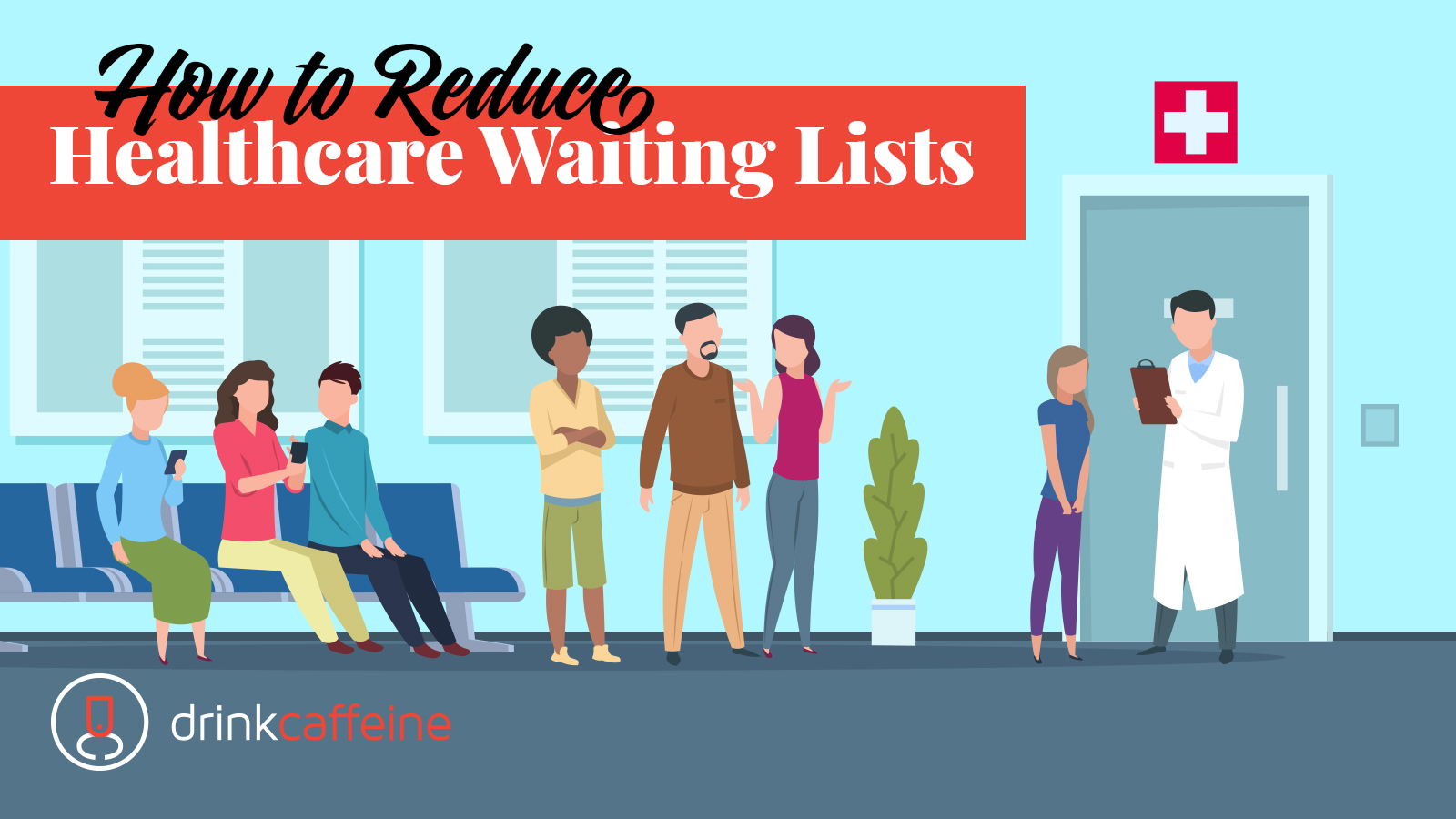The airline analogy
Author Michael Okuji wrote about the issue of CHC waiting lists. He made the point that a Community Health Center is much like an airline.
“We envision the airline (CHC) has an airplane (clinic) with seats to be occupied to deliver the passenger (patient) to a destination (care). The airline, like the CHC, is a capital-intensive and labor-intensive enterprise with thin profits. The airline matches availability to demand…the airline leaves revenue at the gate when it flies empty, but never wants to be at 100%+ capacity.”
CHC decision makers? Let’s talk about how to pilot a more profitable airline.
Best practices? Don’t ask.
There’s little to no U.S. research on how to manage waiting lists. But Canada has spent some time with the issue.
Our northern neighbors say “The most frequently reported methods to manage wait lists included teaching self-management strategies (85.0%), implementing attendance policies (69.5%) conducting wait list audits (67.3%),” and referring patients to other clinics (67.0%). Other, more dated studies (GTA Rehab Network 2003) have shown that few CHC organizations “implement evidence-based practice for prioritization” of waiting list patients.
Time out. If the best practices in this area amount to helping patients manage their own care, auditing lists, and sending patients elsewhere, the airline is in trouble.
Here are a handful of tools that might come in handy for those of you with waiting lists.
1. Analysis & Planning: Demand projection
Based on patient volume and provider capacity, seasonal projections for patient volume should be possible. Even if waiting lists still occur for flu shots, annual physicals, and COVID-19 vaccinations, patients can receive timely advisories on advance scheduling and what to expect.
2. Content: Explanations
Nothing upsets a consumer like waiting with no explanation for the wait. CHCs should offer notices for anyone on a waiting list with a detailed rationale for the delay.
3. Interactive tools: Online self-diagnostic checklists
Enabling patients to describe their symptoms and reasons for wanting an appointment by using online tools can help prioritize waiting lists – and possibly categorize patients in geographic risk profiles for a better grasp of population health.
4. Outbound communications: Automated emails with status updates
When you’re waiting in line, it’s a relief every time you move a step forward. It’s proof that people are working to serve patients. Timely emails (automated to reduce workload on front office staff) can keep patients informed and ready to go when it’s their turn.
5. Telehealth: A new tool for triage
“Store and forward” is a telemedicine technique in which patient data is gathered and sent through a HIPAA-compliant platform. The data can be analyzed, and the patient’s condition prioritized. And the results are promising.
For example, in a very good 2016 UK lit review on telehealth (thanks ResearchGate) the report concludes that “telehealth interventions can be effectively used to reduce waiting lists…[and] the reduction of waiting lists can be achieved without increasing the capacity of the service.” In other words, the airline doesn’t have to invest capital in expanding capacity.
Population Health Management: It’s here to stay
The pandemic is forcing the healthcare industry to understand patient populations in terms of risk. It’s a strategic framework for setting priorities – but it will still require tactics to be put into action, monitored, and measured.
That’s what drinkcaffeine is for. Contact us when you’re ready for a conversation.


